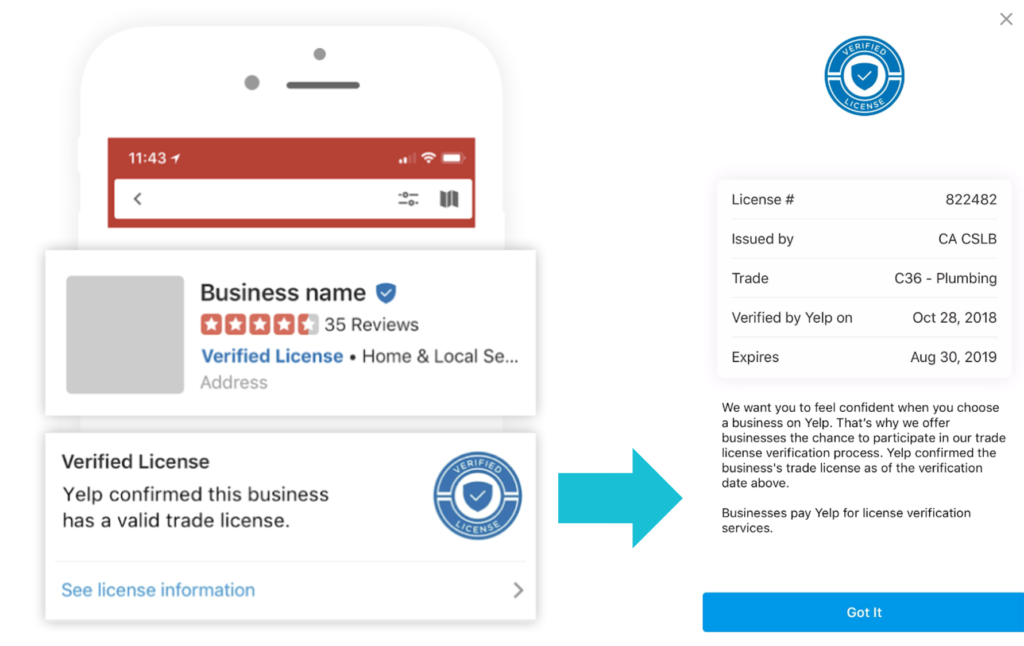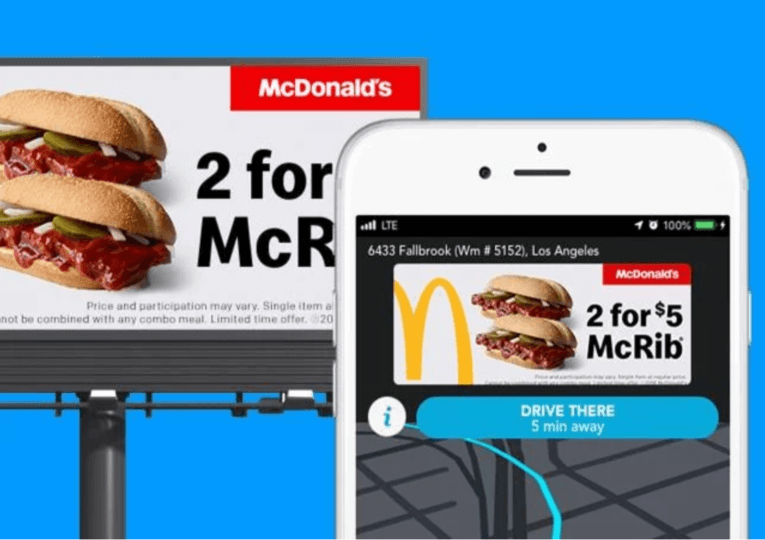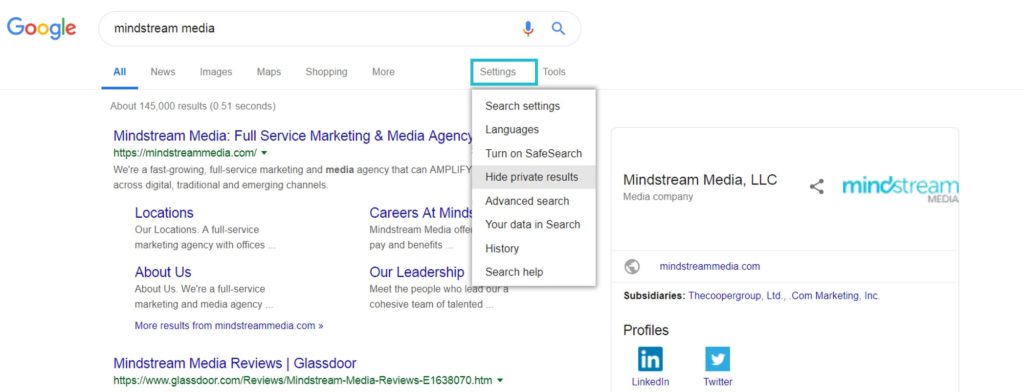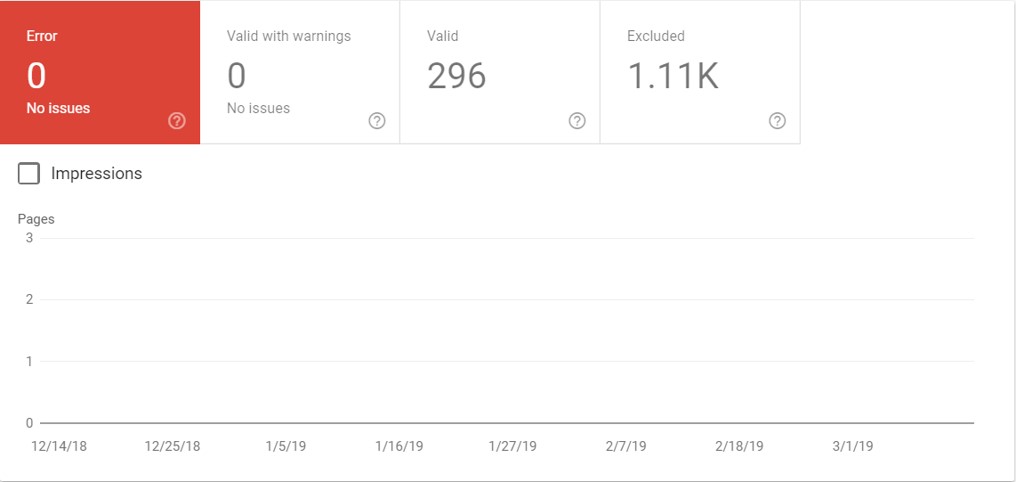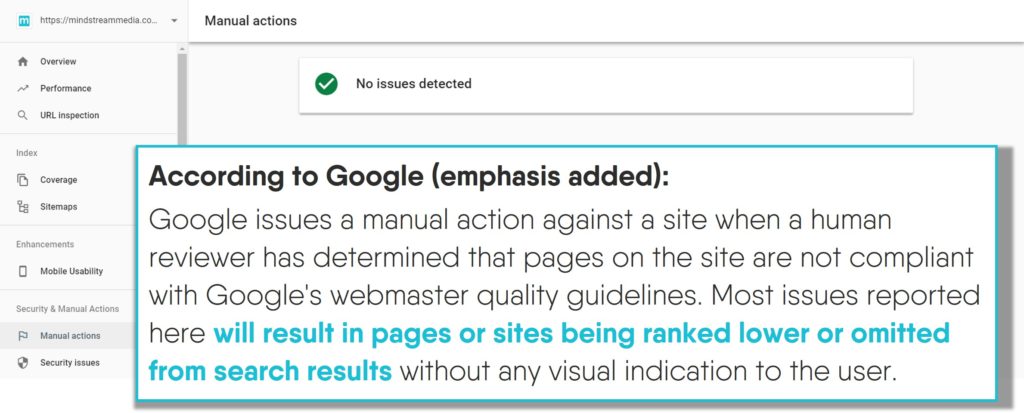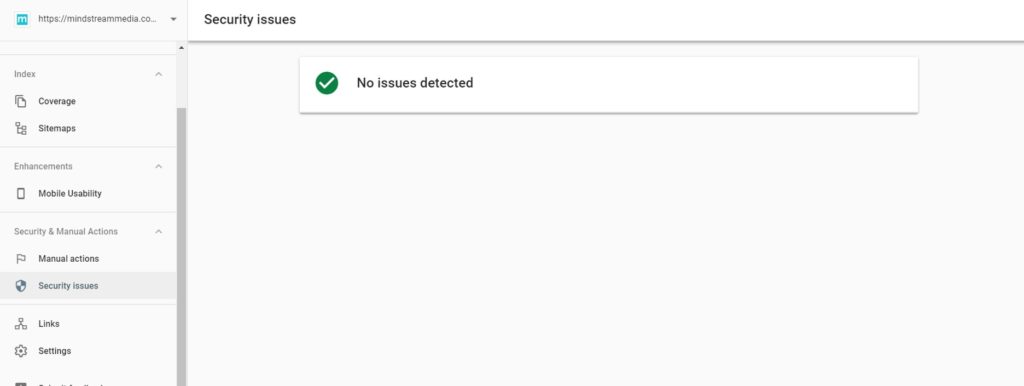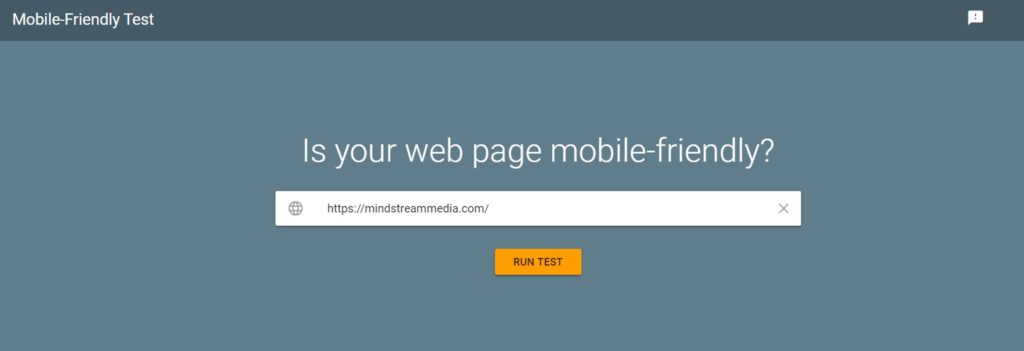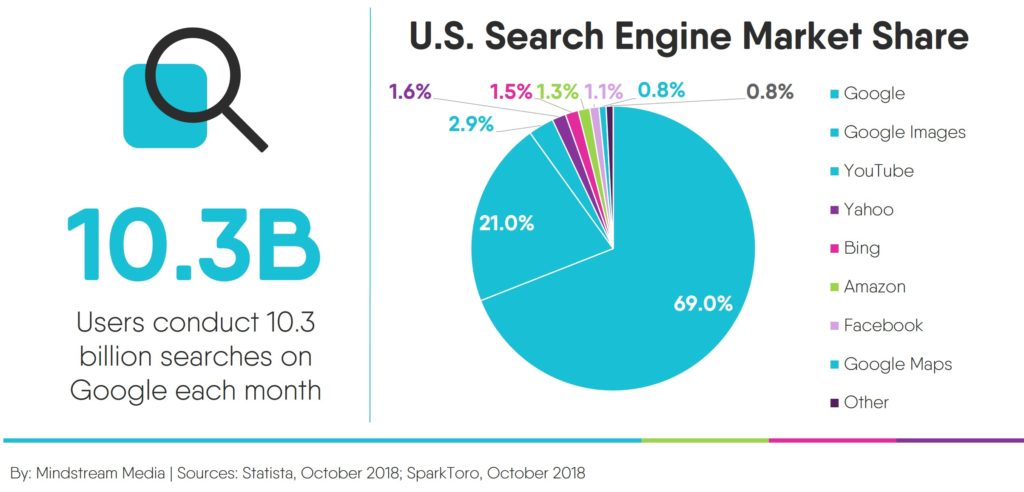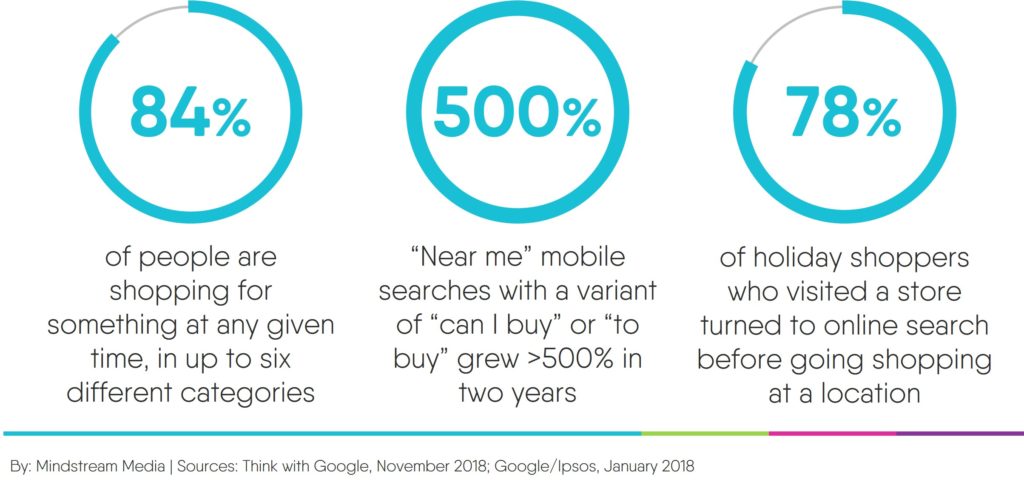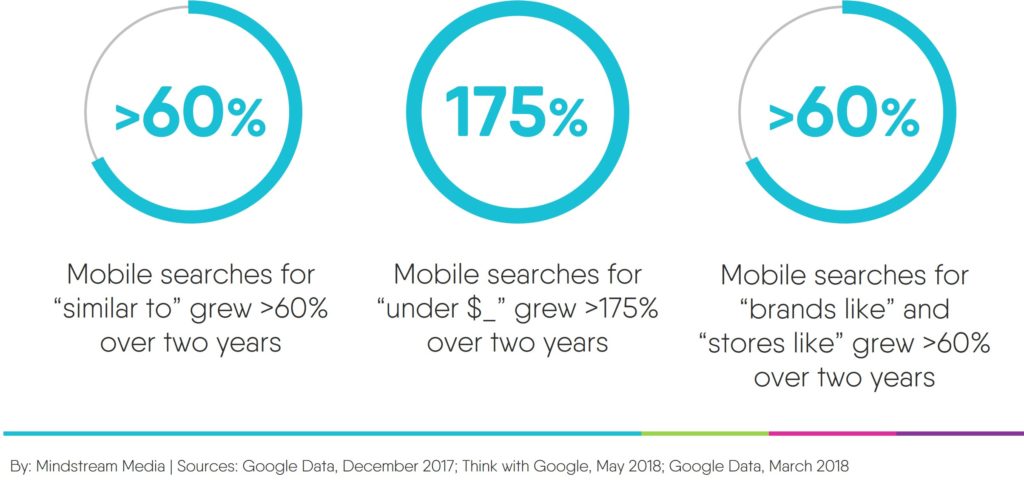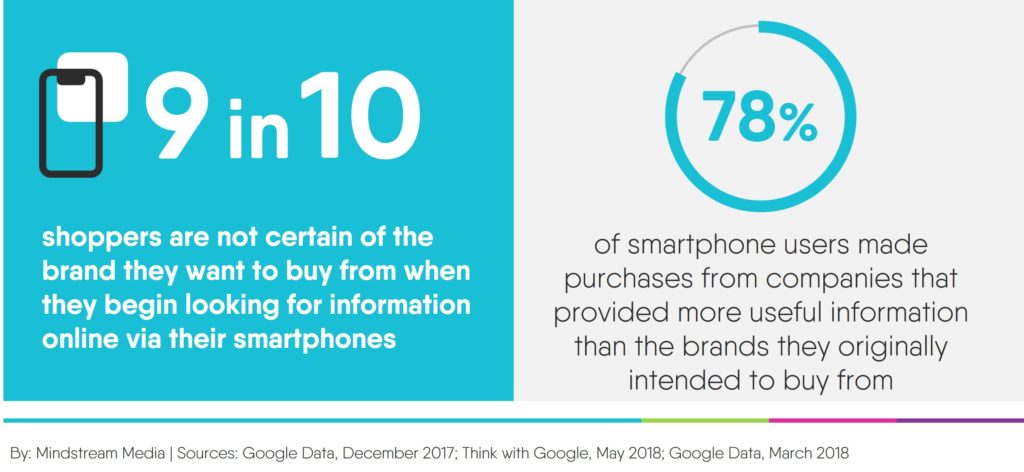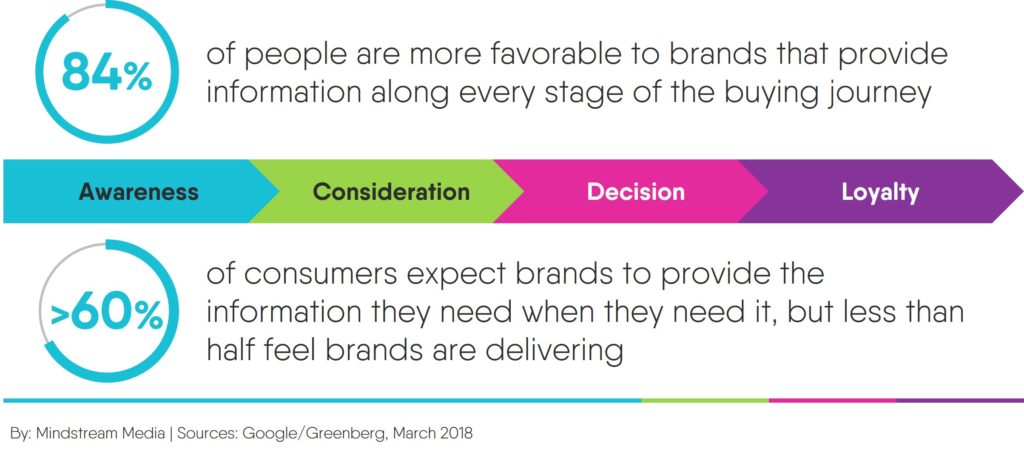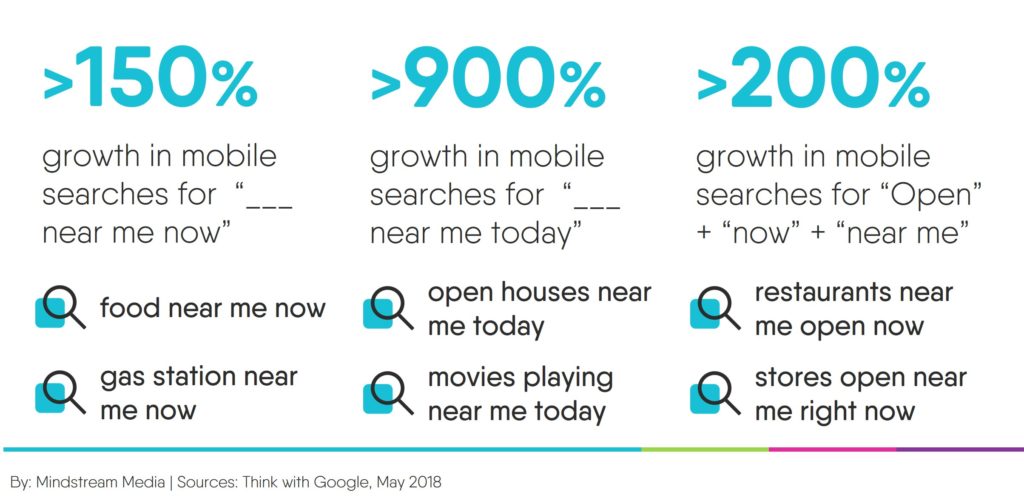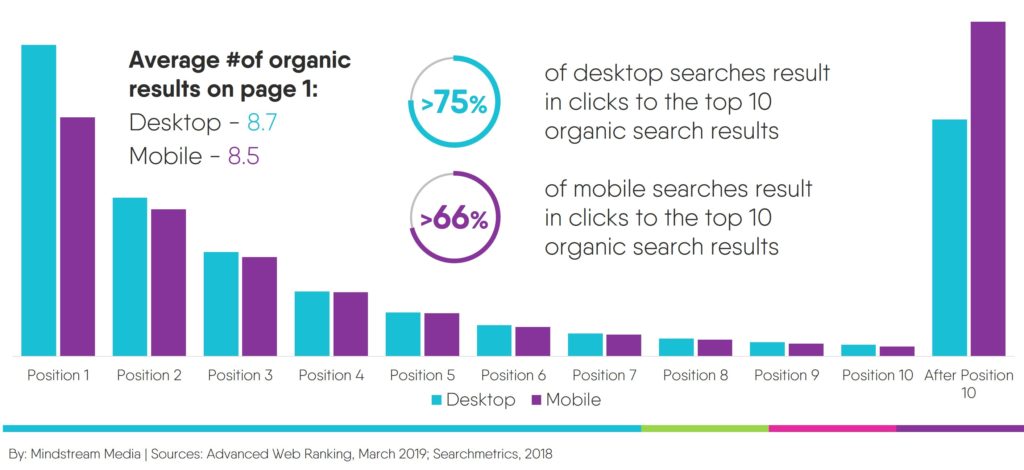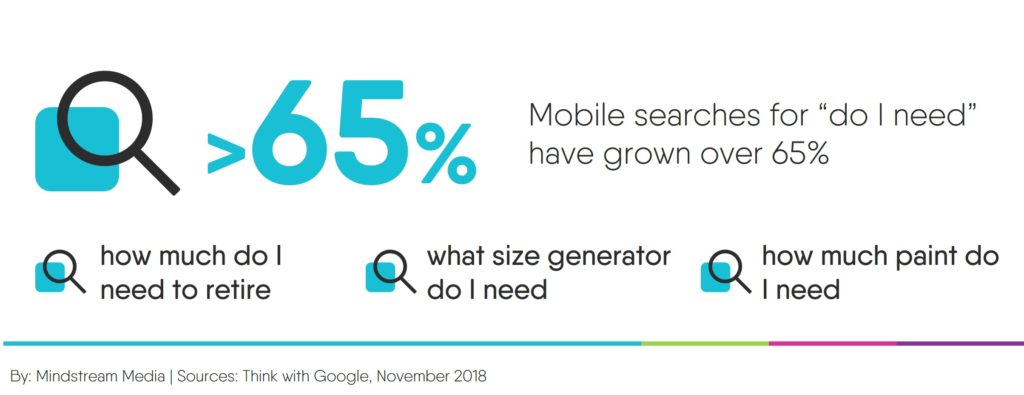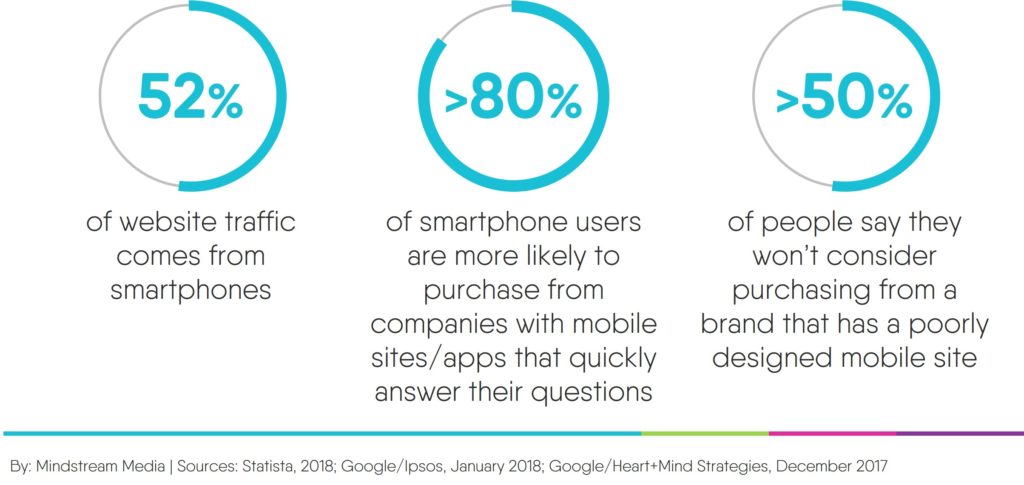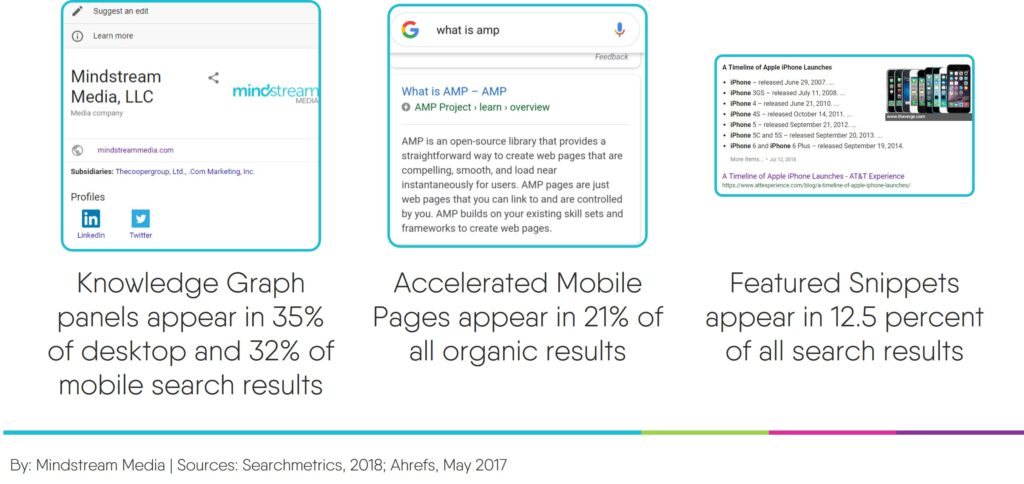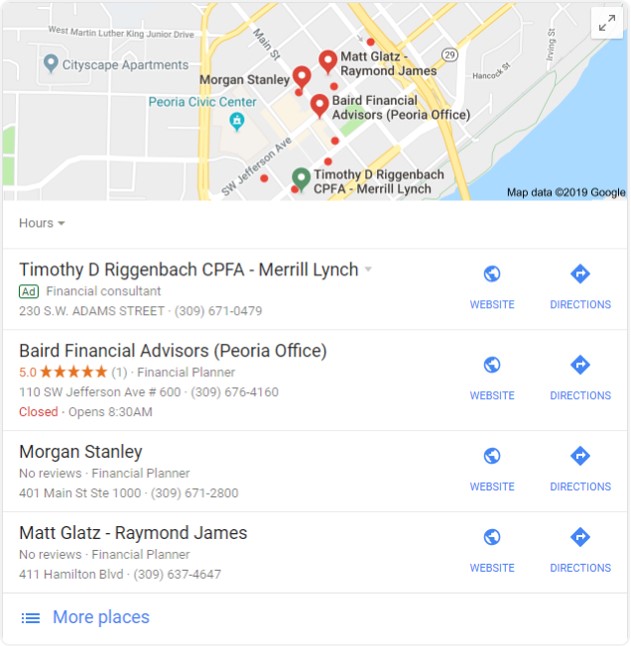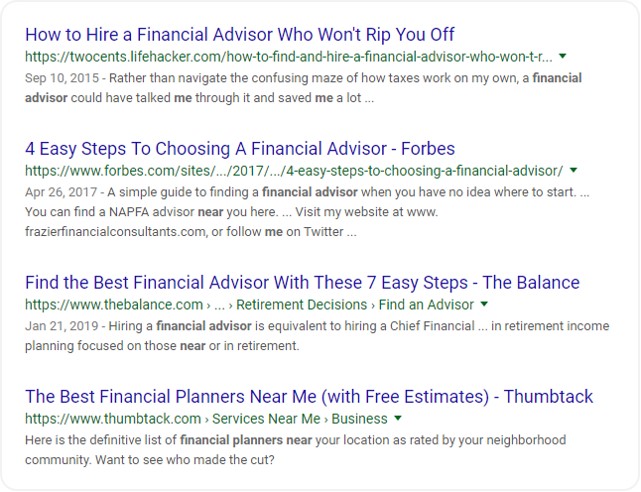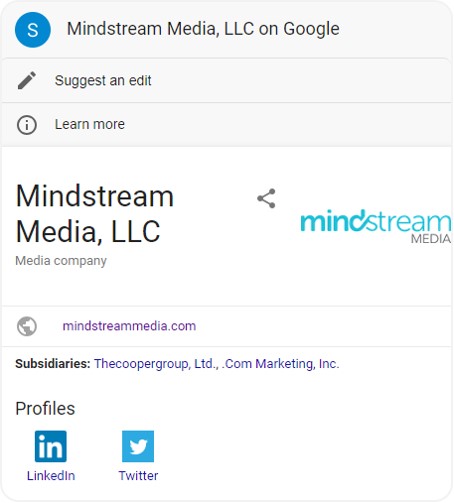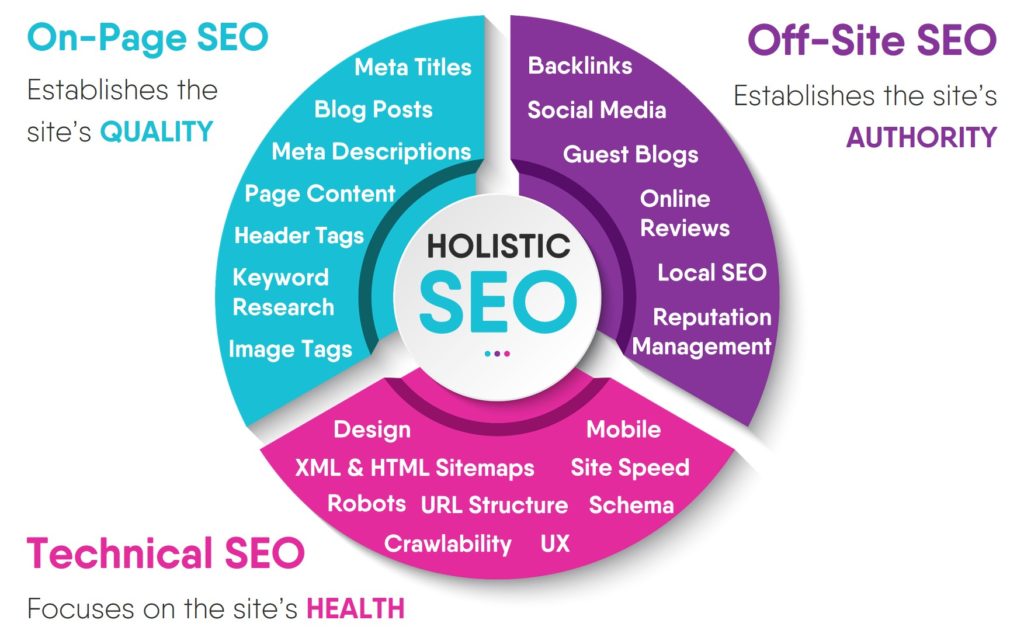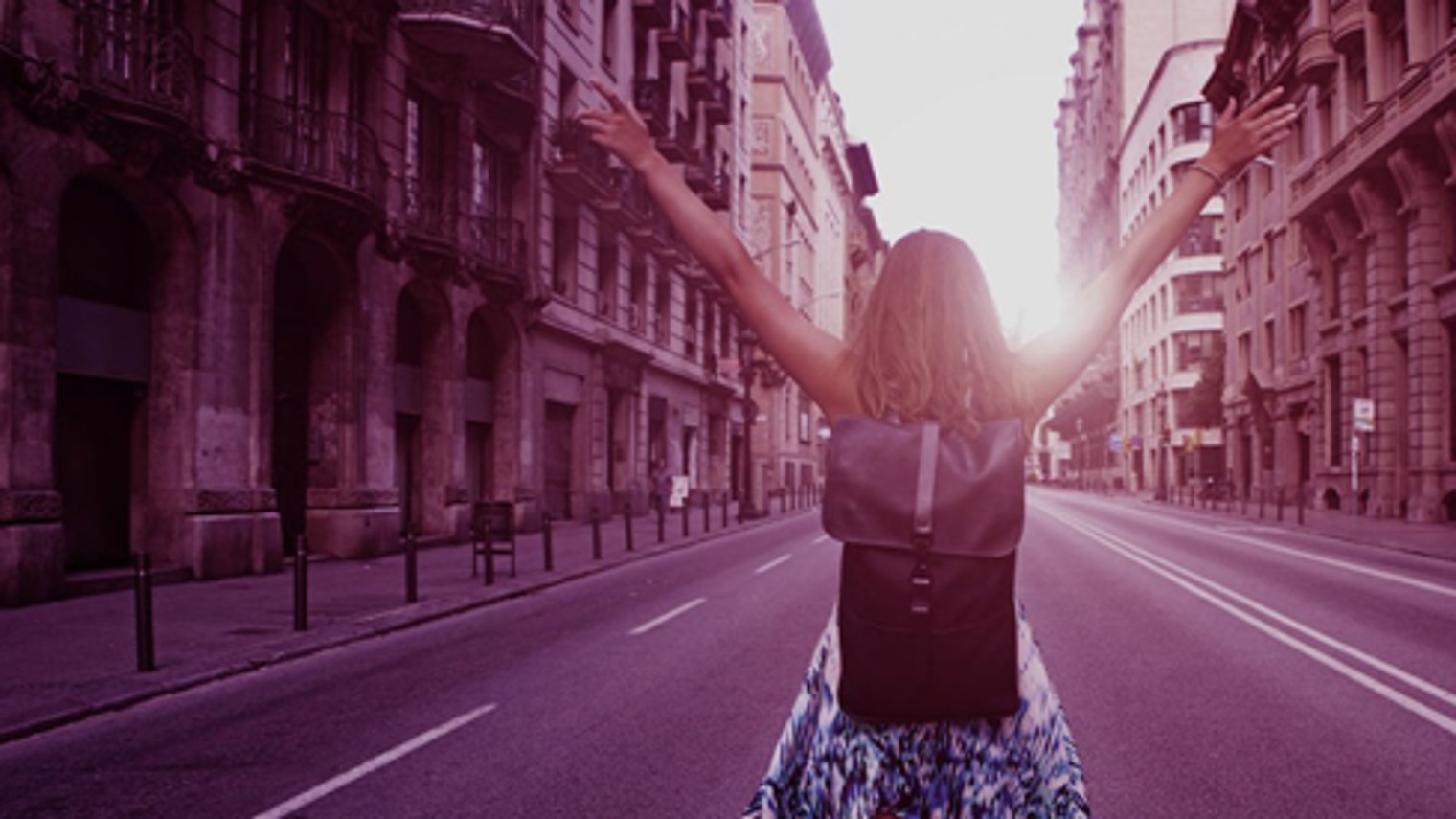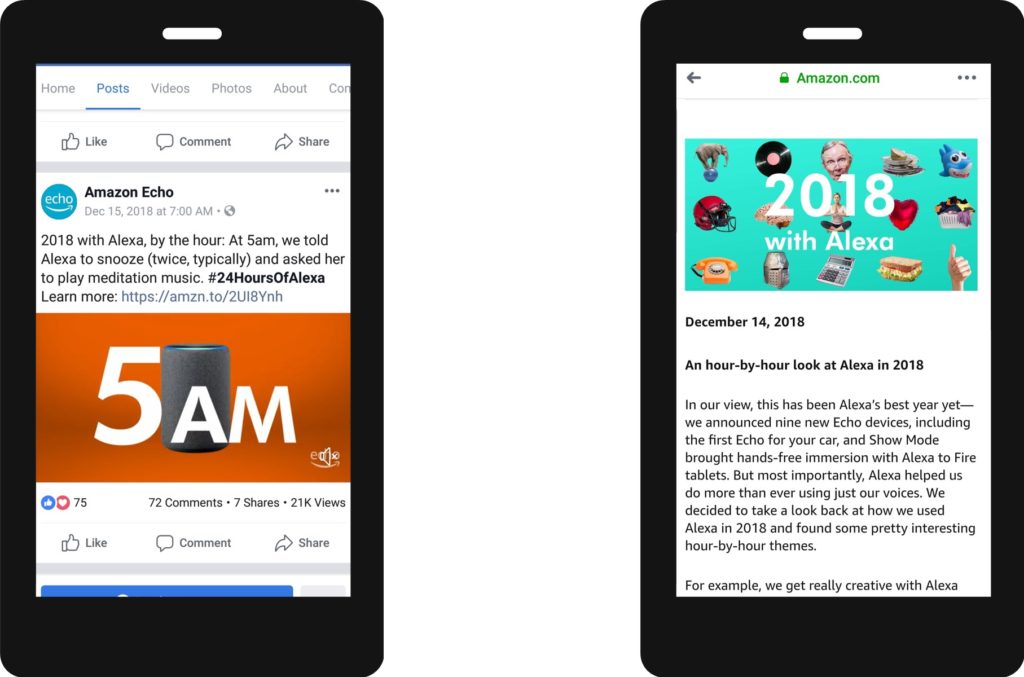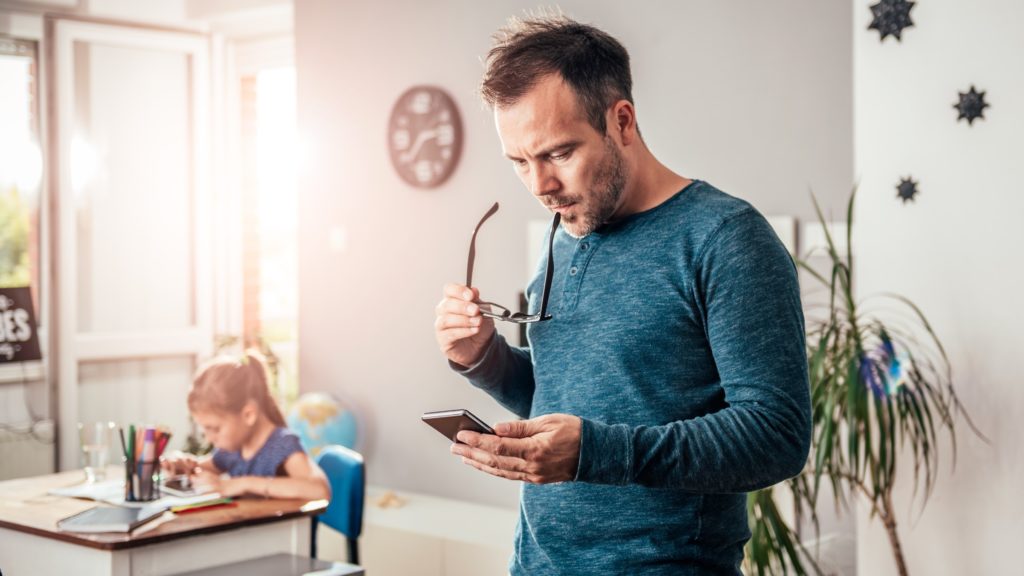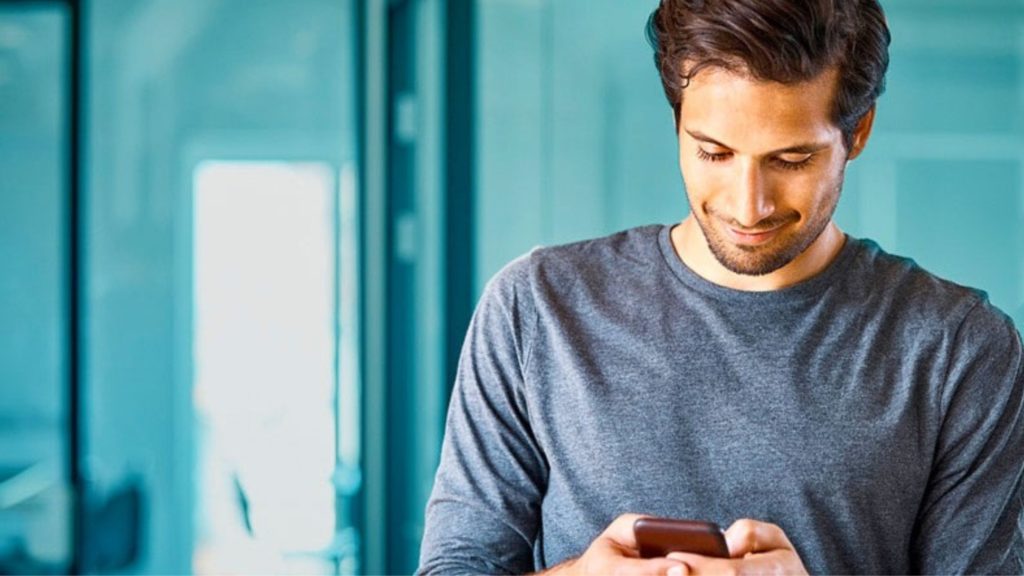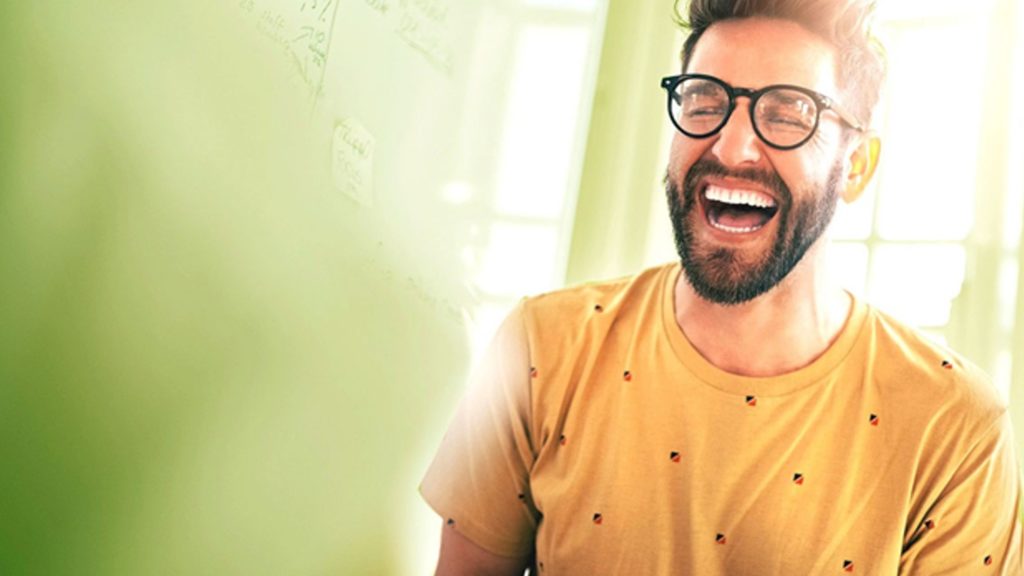What do you do when you’re in a traditional industry facing overpowering competition from online rivals? Find a media company that will put in the time to get to know your brand and the challenges you face, then create customized media solutions to deliver the results that matter most to your business. That’s exactly what Portrait Innovations did when they turned to Mindstream Media Group to help them turn the tide and secure the future vitality of their brand.
About the client
The trained photographers at Portrait Innovations provide a professional portrait studio experience with cutting-edge digital equipment in a warm and inviting environment. However, demand for in-studio photography has declined as consumers increasingly seek door-to-door, non-composed or outdoor photography sessions. As a result, Portrait Innovations needed a revamped media mix including a solid digital advertising strategy to reach specific target audiences and revive their business.
Encouraged by the success of a radical change in campaign structure and advertising channels achieved by Mindstream Media Group in early spring, Portrait Innovations increased their advertising budgets by 10 percent to support the make-or-break annual revenue window of Thanksgiving through New Year’s. This allowed us to expand their media channels even further into carefully calculated platforms and partners.

A winning digital strategy
Spanning the last 12 weeks of the year, the comprehensive plan included:
- Paid search (Google and Bing) campaigns
- Programmatic display and video campaigns
- YouTube advertising
- Nextdoor (a private social network for neighborhoods)
- Pinterest ads
- Permission-based email campaigns
Over the course of the campaign, media partners and prospecting audience groups were optimized to maximize return on investment (ROI). As the campaign ran, we strategically assigned spend to each channel tactic according to conversion funnel touchpoint (new users vs. previously exposed users) so that weekly budgets supported upcoming studio session goals.
Further out from a holiday date, we focused on priming and reaching new users. As the countdown to the holidays neared, we increased re-engaging exposed users tactics and drove immediate action to book. This dialed-in approach to gaining new customers resulted in 10 consecutive weeks of over 100 percent projected studio sessions.

Ad offers and creative
Specific offers were delivered based on consumers’ levels of interest (i.e., new vs. repeat customer) within select audience groups like:
- Moms in the market for holiday photos/cards
- Parents seeking discounts/coupon users
- Recently engaged couples, etc.
Mindstream Media Group crafted ad imagery and copy to resonate with target audiences by anticipating the photo service package that would best suit the lifestyle and price point needs of each segment. For example, ads targeted to new parents featured newborns or young children and offered multiple sittings (poses) and a free canvas.
We also retargeted customers that canceled appointments or failed to show with offers to receive 20 percent off a general session. We crafted relatable copy to accompany these retargeting ads like “We understand that life moves fast, but that’s ok. Reschedule Today!”
Presenting each audience group with an ad relative to their needs with an easy way to immediately book appointments online prompted action. The fast user response rates lead to fully booked studios and sales revenue.
A solid end to the year
Mindstream Media Group crushed Portrait Innovations’ holiday budget goals by delivering a 7:1 ROI.

Contact Mindstream Media Group to find out how we can help crush your brand’s sales goals.

![[Case Study] Using a Carefully Crafted Digital Media Mix to Crush Sales](https://mindstreammediagroup.com/wp-content/uploads/2019/03/PIN-Case-Study-feature-image-16-9.png)
![[MARCH 2019] Local SEO Trends Featuring News from Yelp, Waze and Google](https://mindstreammediagroup.com/wp-content/uploads/2019/03/March-Local-Search-Update-Featured-Image.jpg)
